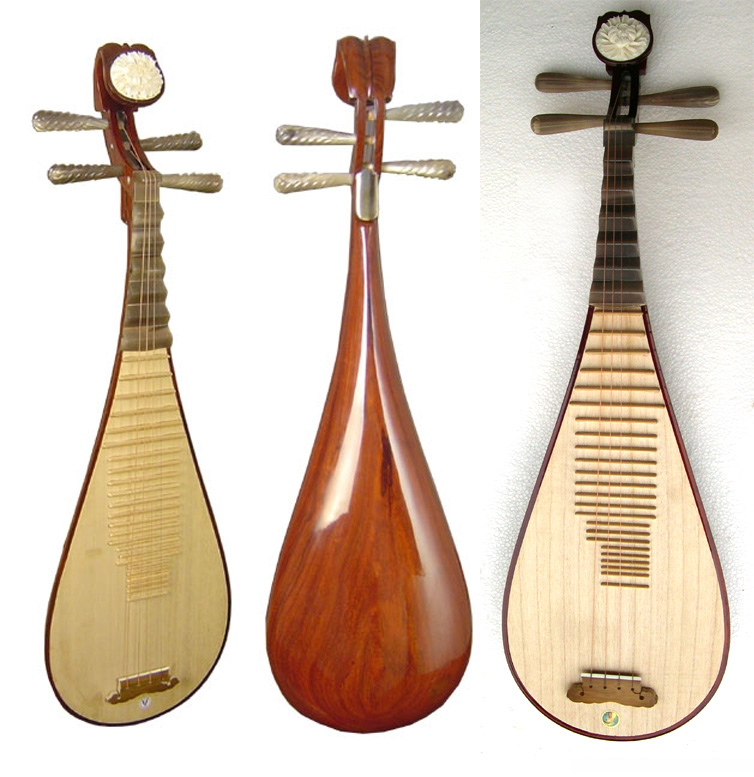The Pipa and The Flute in China
2 min readPipa(lute)originated in mesopotamia,and later became one of the popular musical instruments in Persia,where the short-necked pipa was called barbat and the long-necked one was called tanbur(tunbur).Both were seen in the Taqi Bustan stone carvings of Sassanian-Persia,An instru-ment of this kind was first used in Syria.It was possibly a borrowed Greek Barbiton or lyre,but not the Greek lute called pandura.The Persian barbat was also believed to have got its name from the Sanskrit term Bharbu,meaning string-plucking.

During the reign of the Sassanian-Persia,it was known to have a wide range of musical notes and loud sound,but it hadonly two strings.The pipa introduced to China during the Han Dynasty,was an instrument which played by tribesmen of the Central Asia Steppe on horseback.Such curve-necked Persian pipa with four strings differed from the Chinese traditional long-necked Qin pipa.

Flute
Flutesare in a form of pipe made of bamboo with one blowing hole,a film hole,two(or four)vent holes and six sound holes.The film hole is covered with reed or bamboo film.The blowing hole is on the left end and is blocked with a cork.Flutes are held horizontally by the players.There are two kinds of flutes:qu-flute and bang-flute.
Qu-flutes mainly serve as the accompany in Kunqu or in an ensemble in the various music forms of south China,while bang-flutes mainly serve as the accompany in Bangzl tune,or in an ensemble in the various music form of north China.Qu-flutes are lon-ger and wider in diameter than bang-flutes,which results in the difference between the deep and flexible sound of qu-flutes and the loud and sono-rous sound of bang-flutes.In the south,the representative works are Graz-ing Cattle and Flying Francolin,played by Lu Chunling,In the Morning played by Zhao Songting,and In Gusu(Suzhou)played by Jiang Xianwei.

In the north,there are Wu-bang-zi and Meeting With Delight played by Feng Zicun.








